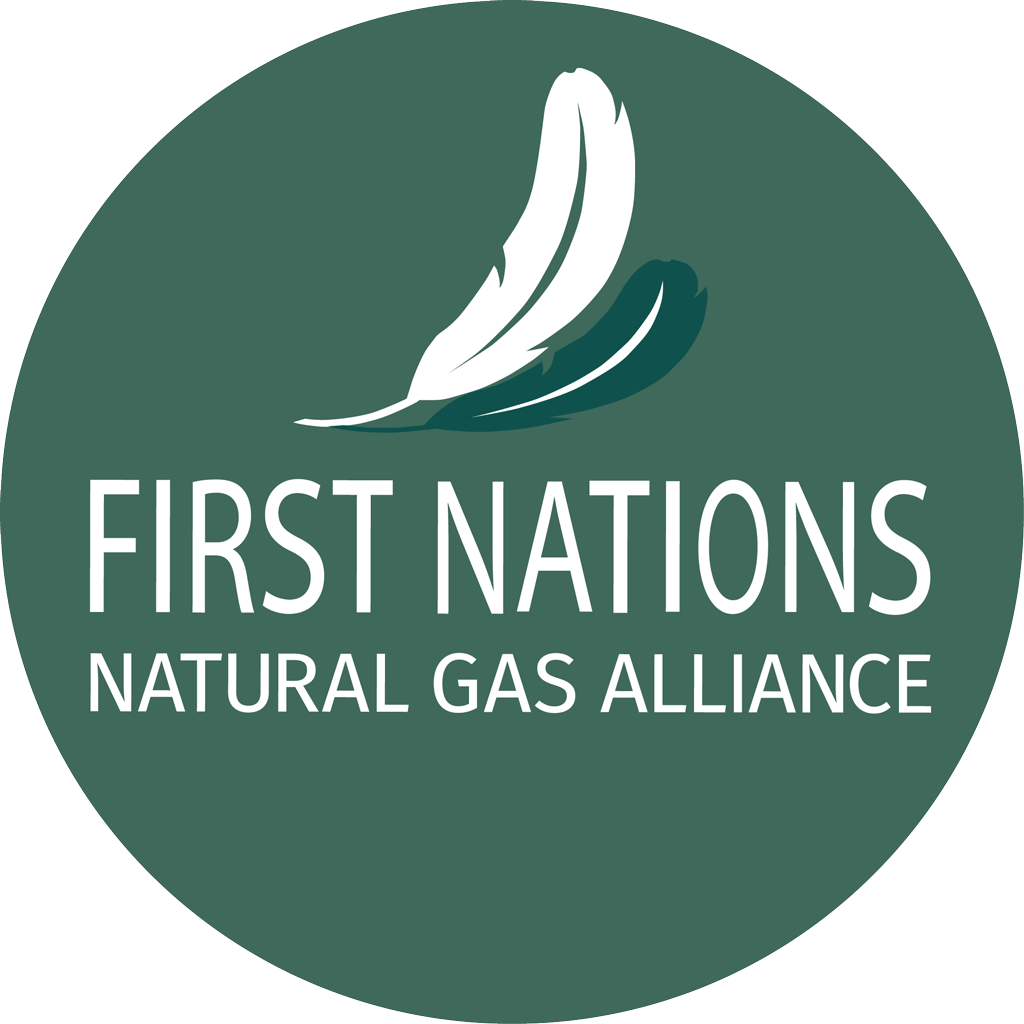
Our Alliance CEO, Karen Ogen, will join the mission to Japan by Energy for a Secure Future Canada, set for January 29 to February 6.
It’s led by Shannon Joseph, chair of the Energy for a Secure Future coalition, who says Canada is in a position to expand its exports beyond LNG Canada, the BC LNG-export plant that will come online in just a few months.
She says geographical diversification of LNG supplies remains crucial to importing countries such as Japan, which imports roughly 90% of its primary energy and (after China) is the world’s second largest importer of LNG.
Add China and Korea and Taiwan to the list, and Joseph says: “It’s still important for these countries not to put all their eggs in the American basket.”
Joseph, also a fellow of the Canadian Global Affairs Institute, points out that LNG shipping routes from BC to Asia are shorter than those from the US Gulf Coast, which go through the Panama Canal.
So it can take 25 to 30 days to move LNG from the US Gulf to Asia via the Panama Canal, compared with just 10 days from BC.
That means fewer emissions from the LNG carriers — and we don’t have to pay Panama Canal fees which now are running at as much as US $731,800 for the transit of a single loaded LNG carrier.
BC LNG also benefits from a colder climate (which assists the production process), from the use of hydroelectricity for production, and from methane emissions reduction from upstream natural-gas production.
As well, the natural gas that becomes BC LNG is produced and transported under tighter regulatory conditions than in the US.
So LNG from Canada, can reduce emissions by up to 62 per cent, according to a study published in the Journal for Cleaner Production.
Karen Ogen will also speak at Clean Energy Summit of the National Chiefs Coalition, Feb. 13-14, at the Tsuut’ina Nation, near Calgary.
